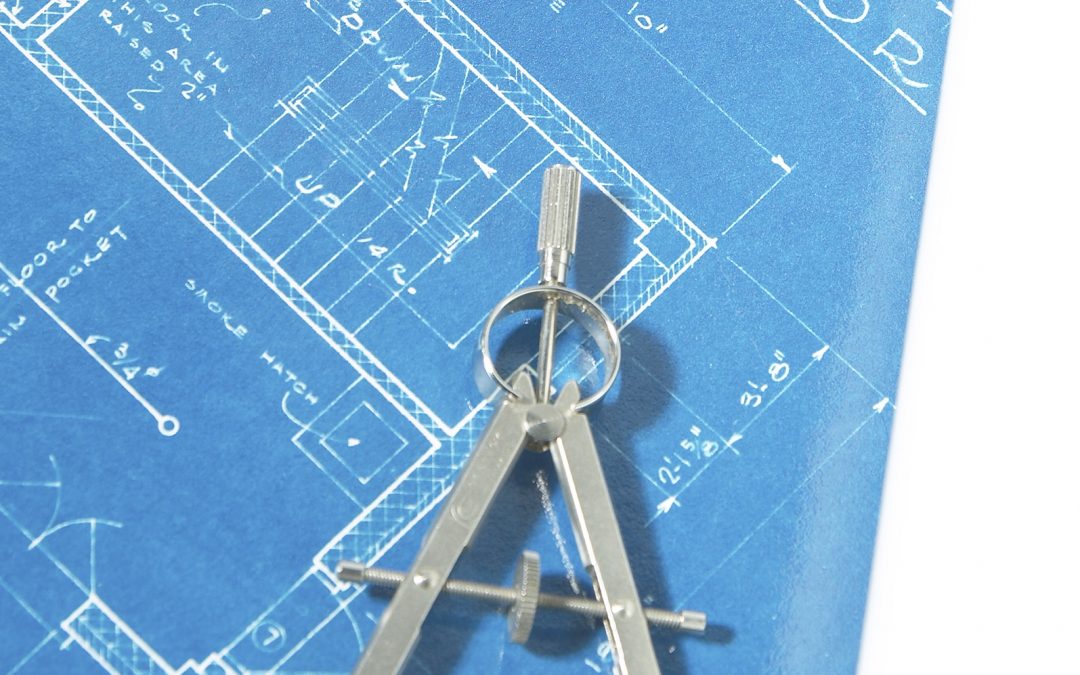Blueprints play a vital role in many of the major capital needs projects an Association faces. The ability to read and understand blueprints is critical and gives managers and board members an edge when navigating through the various phases of these projects. Blueprints serve as a roadmap, conveying essential information to contractors, property owners, and property managers. In this guide, we will explore the fundamentals of how to read blueprints and their significance in the construction process.
Understanding Blueprint Layout
Blueprints are meticulously organized to facilitate effective communication. By familiarizing yourself with their layout, you can quickly navigate and decipher the information they provide. Key details and sections typically found on blueprints include:
Title Page or Cover Sheet: This introductory page provides general information about the project and serves as a guide to the rest of the drawings.
Specifications and Shop Drawings: These documents accompany the blueprints and offer additional details, notes on materials, and other important information necessary for pricing and construction.
Building Codes and Regulations: Blueprints often incorporate relevant codes and regulations, ensuring compliance with safety standards and legal requirements.
Reading Different Types of Blueprints
Blueprints come in various forms, each serving a specific purpose. Here are some common types of blueprints you may encounter in your community association over the course of time. As items need to be inspected, maintained, repaired, or replaced, it is a good idea to have the basics when it comes to blueprints and design drawings.
Civil Drawings: These blueprints showcase outdoor elements such as retaining walls, landscaping, and grading, enabling proper planning and execution of exterior features.
Mechanical and Structural Plans: Mechanical plans focus on HVAC (heating, ventilation, and air conditioning) systems, while structural plans provide detailed information about load-bearing elements and the overall structural integrity of a building.
Below is a recording of our most recent virtual webinar on How to Read Blueprints, presented by Kipcon’s Melissa Wrubel, PE, RS.
Blueprints for Community Associations
Community associations require specific blueprints to address common maintenance and improvement needs. Some essential plans associated with community associations include:
Pavement Plans: Outlining maintenance and repair requirements for roads and parking areas.
Roofing Plans: Detailing the materials, design, and installation specifications for roofs.
Siding Plans: Providing guidance on the selection and installation of exterior siding materials.
Drainage Plans: Identifying the necessary measures to manage stormwater runoff and prevent water damage.
Deck Plans: Illustrating the construction and safety guidelines for community decks.
Retaining Wall Plans: Guiding the construction of retaining walls to prevent soil erosion.
Parking Garage Plans: Outlining the layout, traffic flow, and safety features of parking garages.
Unlocking the Power of Blueprints
By mastering how to read blueprints, managers, property owners, and board members gain a valuable skillset that enables effective decision-making and project awareness. When seeking bidding and/or contract administration services, it is essential to work with experts who can guide you through the blueprint reading process.

Next Steps for Your Community
Remember, understanding these blueprints is crucial for effective project management and successful community development. Trust the experienced team at Kipcon to assist you in deciphering and utilizing blueprints for your community’s needs.
To contact Kipcon Engineering, click here or call us at (800) 828-4118.
